XPeng’s new P7 gets a giant 87-inch HUD
The EV market is getting more crowded by the day, with new models competing for our attention with claims of more range, faster charging, and smarter technology. XPeng steps into this busy world with its new P7, a sleek fastback that is determined to win over buyers with performance, and with a cabin packed with futuristic gadgets. After a five-year development cycle, the company is finally pulling the wraps off a vehicle designed to challenge popular EVs like the Tesla Model 3 and the headline-grabbing Xiaomi SU7.
Today, the company has revealed the first images of the interior of its new flagship. The centerpiece of the new P7 is what the company calls a "technology island." Front and center is a massive 87-inch augmented reality head-up display (AR-HUD). This system projects navigation instructions, driver-assistance alerts, and even interactive games directly onto the windshield in the driver's line of sight.
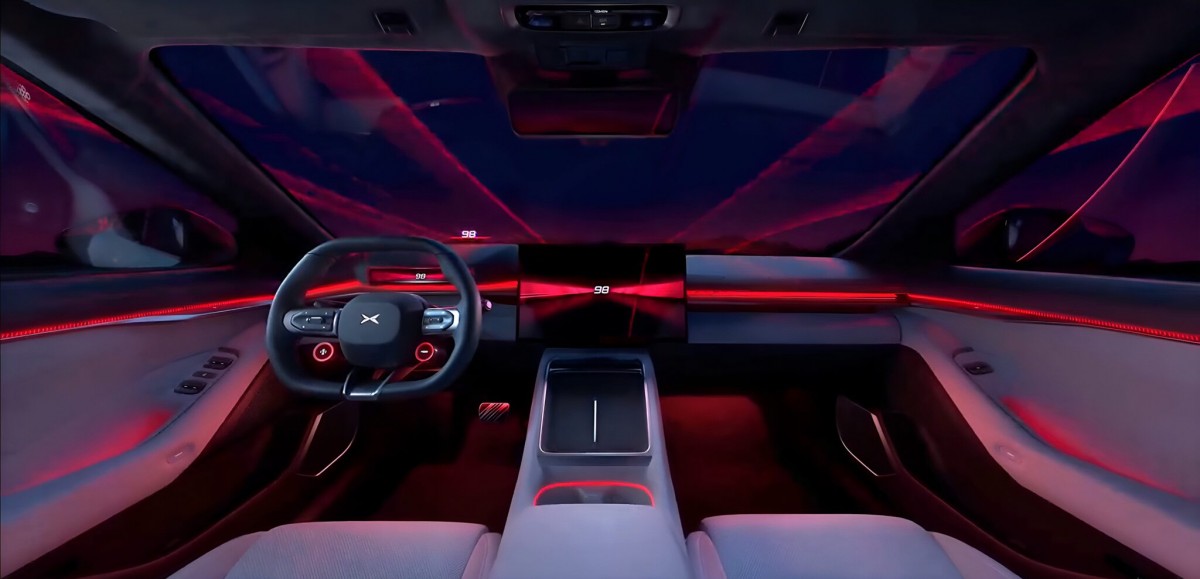
The HUD is paired with a new tri-spoke sport steering wheel and a digital instrument cluster. Perhaps the most unusual feature is a tri-axis rotating infotainment screen that acts as a voice assistant. According to XPeng, the screen can physically move to respond to commands, including nodding at the user. Whether that's charming or slightly creepy is for you to decide.
Beyond the flashy screens, XPeng has integrated other unique controls. The company is debuting an industry-first "Touch Pad" control interface, though details on its full functionality remain thin on the ground.
The focus on the driver extends to the seating. The P7 comes equipped with integrated front sport seats that feature active side bolsters. These bolsters can react to cornering forces in just 10 milliseconds, adjusting laterally by up to 1.18 inches to provide more support during spirited driving. The seats also include heating, ventilation, and massage functions, ensuring comfort is not sacrificed for technology.
Underneath the angular bodywork, designed by French designer Rafik Ferrag, the new XPeng P7 offers powertrain options for different types of drivers. The standard model is a rear-wheel-drive (RWD) variant powered by a single 270 kW electric motor. For more performance, an all-wheel-drive (AWD) version adds a 167 kW motor to the front axle, bringing the total combined output to 437 kW.
The P7 will be available with two battery pack options: a 74.9 kWh and a larger 92.2 kWh. Based on China's CLTC testing cycle, the estimated driving ranges are quite impressive. The base RWD model is rated for 436 miles, the long-range RWD pushes that to 510 miles, and the powerful AWD version can travel up to 466 miles on a single charge.
It is important to remember that CLTC figures are far more optimistic than the EPA ratings used in the United States or the WLTP standards used in Europe, but they still provide a solid benchmark. The batteries are supplied by EVE Energy and CALB.
The entire P7 lineup is built on an 800-volt silicon carbide (SiC) high-voltage architecture. This is the secret sauce for ultra-fast charging. The system supports 5C charging, which allows the battery to take on energy at an extremely high rate. As a point of reference, XPeng's G7 SUV, which uses the same platform, can reportedly add up to 271 miles of range in just 10 minutes when connected to a compatible charger under ideal conditions.
Official regulatory filings show the P7 measures 197.5 inches in length, 77.6 inches in width, and 56.2 inches in height, with a generous 118.4 inches wheelbase promising ample interior space for passengers. With its blend of advanced interior technology, strong performance figures, and cutting-edge charging capabilities, the XPeng P7 is as bold as electric sedans get. It's the clearest signal yet that the company no longer just wants to participate in the global EV market - it wants to lead it with innovation.
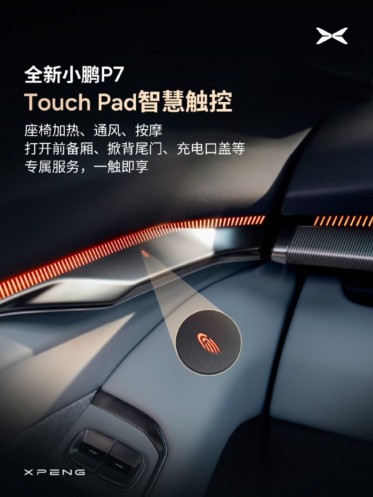
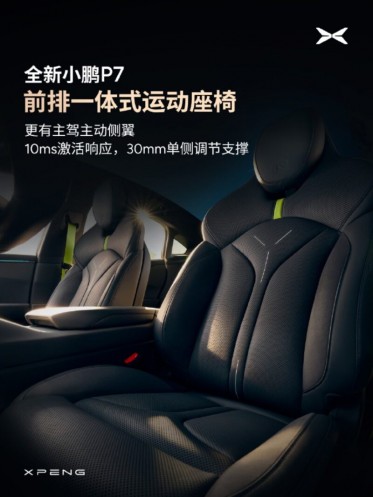
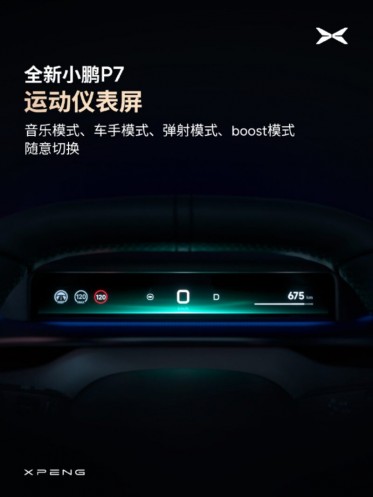
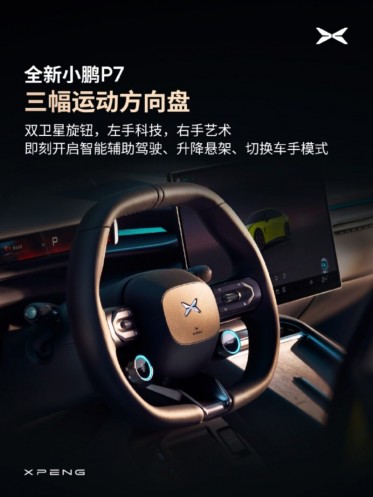
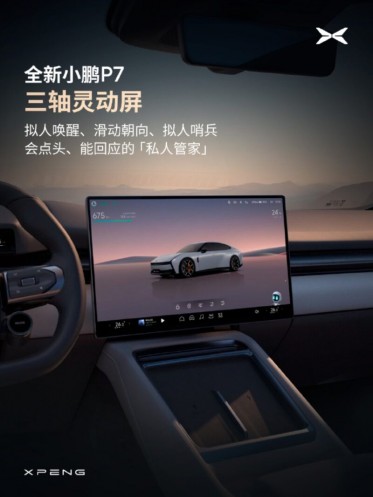
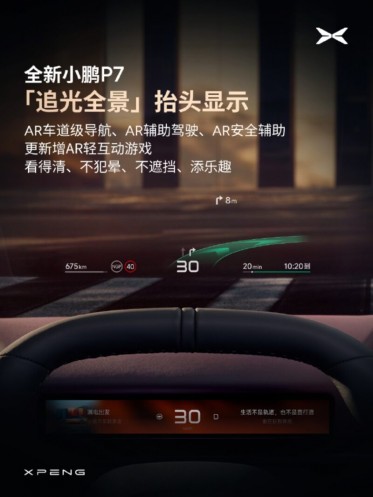


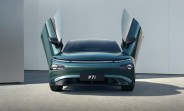

Facebook
Twitter
Instagram
RSS
Settings
Log in I forgot my password Sign up